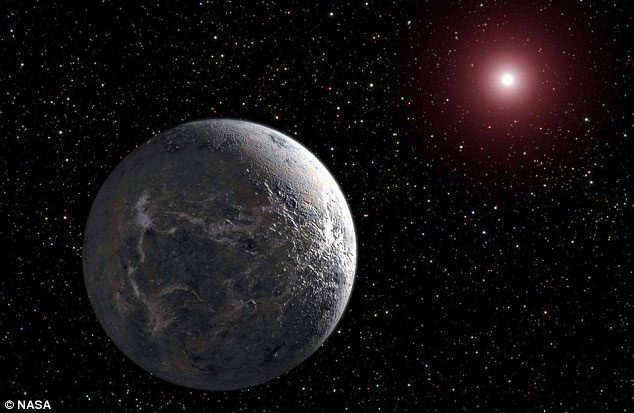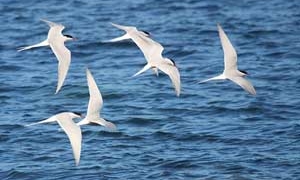Surrounding the nearest red dwarf star to our Solar System, known as Barnard’s Star, located just 5.96 light-years away, astronomers have found evidence of an exoplanet.
The research team, led by Ignasi Ribas from the Institute of Space Science in Spain, discovered Barnard’s Star b, which has a mass 3.2 times that of Earth and completes an orbit every 233 days. The study on this second closest exoplanet to our Solar System was published in the journal Nature, according to IFL Science.

Barnard’s Star b is very close to Earth. (Photo: Astronomynow).
Barnard’s Star b has attracted significant attention due to its proximity. Barnard itself is the closest solitary star to the Sun. In terms of distance, only the Alpha Centauri system, which consists of three stars including Proxima Centauri, is closer, with Proxima Centauri being just 4.2 light-years away.
Ribas’s team discovered Barnard’s Star b using the radial velocity method with an accuracy of 99.2%. They utilized more than 700 observations of Barnard’s Star from data collected over 20 years.
Barnard’s Star, or GJ 699, has a very low mass, only 1/7 that of the Sun, and emits energy equivalent to just 2% of the Sun. The chances of finding liquid water on Barnard’s Star b are slim due to its distance being five times greater than the habitable zone around its host star. If this is a rocky planet, it is likely frozen with an average temperature of about -170°C, according to Ribas.
This means that Barnard b cannot possess a thick atmosphere as we might expect, but rather is a “bare ice hell.”
The only good news is that this situation may not last forever. The atmosphere of this unfortunate planet may regenerate as the host star ages and becomes less active. Thus, it can be said that the new discovery reduces the chances of life on Barnard b but does not completely eliminate it. However, humanity will have to wait a very long time – that is, if we do not become extinct before the super-Earth Barnard b becomes habitable.

Landscape of super-Earth Barnard b – (Graphic from ESO).
Moreover, the research indicates that larger but gentler stars, like the Sun, should be the targets of extraterrestrial life-hunting equipment.
According to the researchers, this planet does not transit in front of the host star from our point of view. They plan to study the planet more closely with the Hubble Space Telescope and James Webb in the future.
In addition to Barnard b, the research team has also detected signs of three other exoplanets that may be orbiting Barnard, but more data is needed to confirm this discovery.
According to Alejandro Suarez Mascareno, a member of the research team, the discovery of Barnard b, along with two other exoplanets found orbiting the nearby star Proxima Centauri, shows that “the region of space near our home (Earth) is filled with small-mass planets.”
Since the 1990s, more than 5,700 exoplanets have been discovered outside our Solar System. However, very few of these are located in the habitable zone. Nevertheless, the exploration of Barnard b represents a significant step forward in understanding small planets and their conditions for existence in the vast universe.




















































